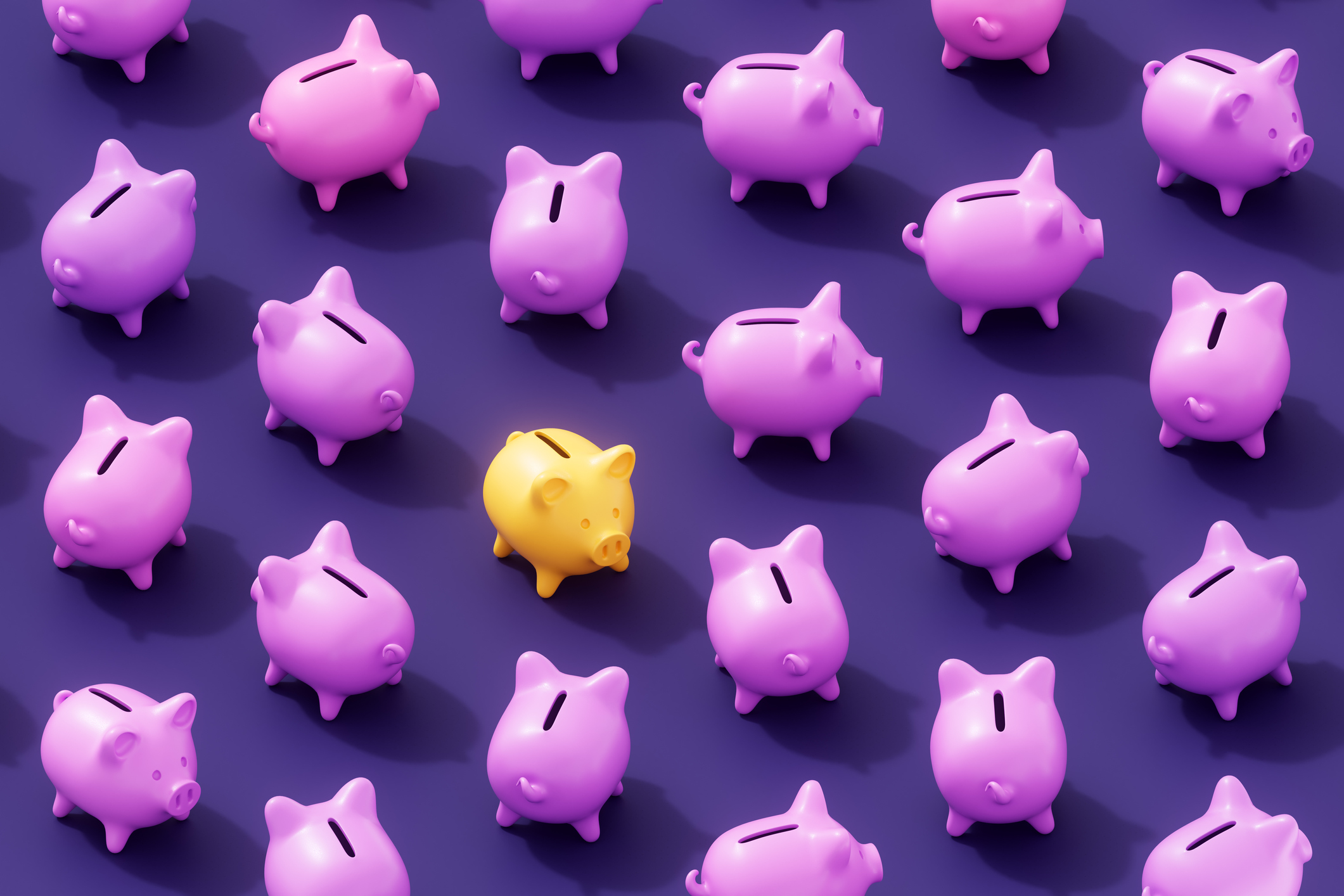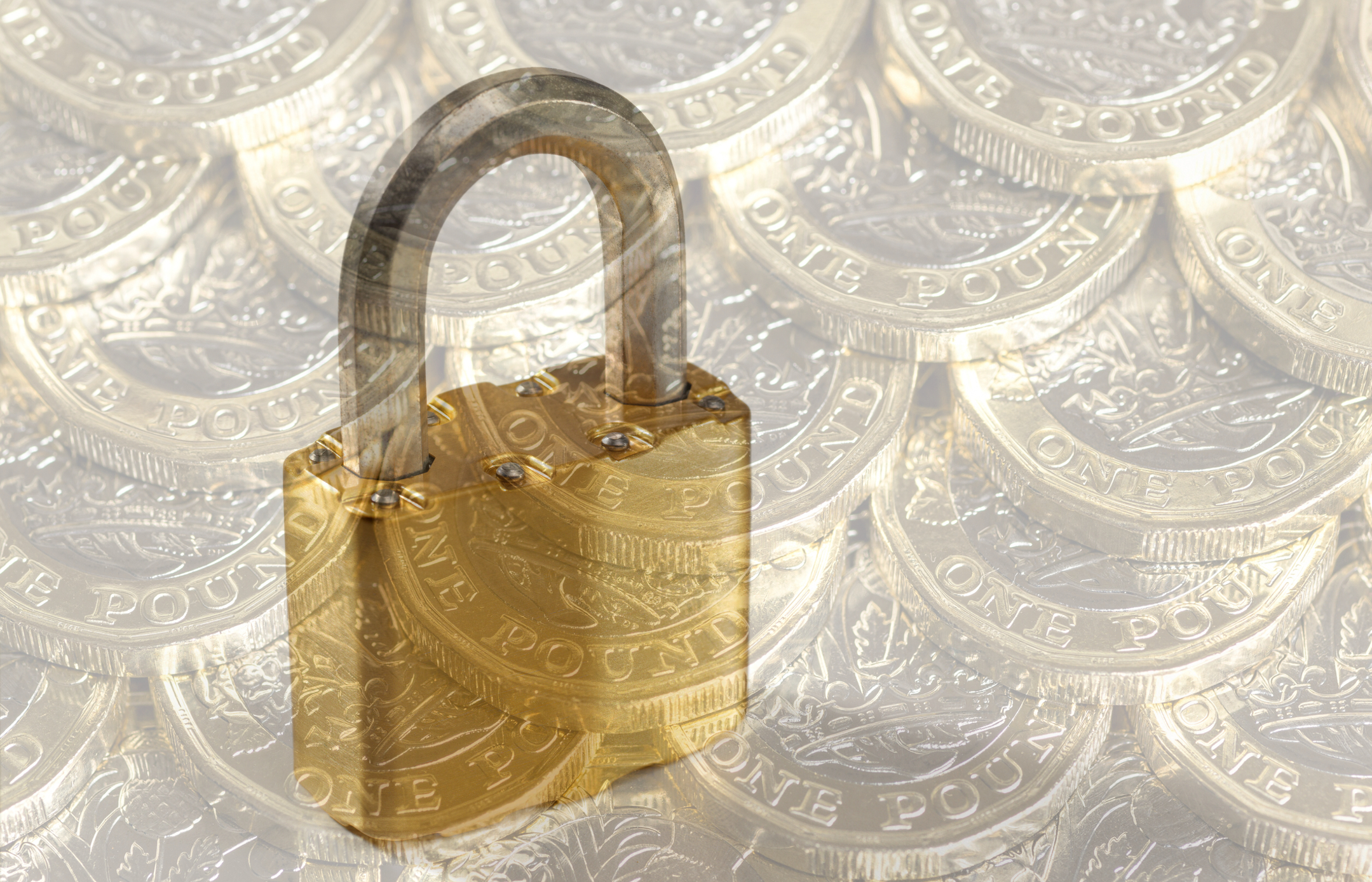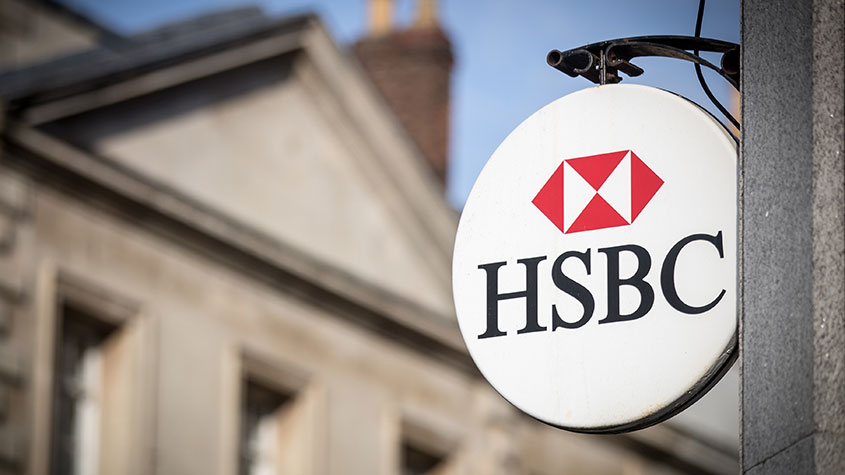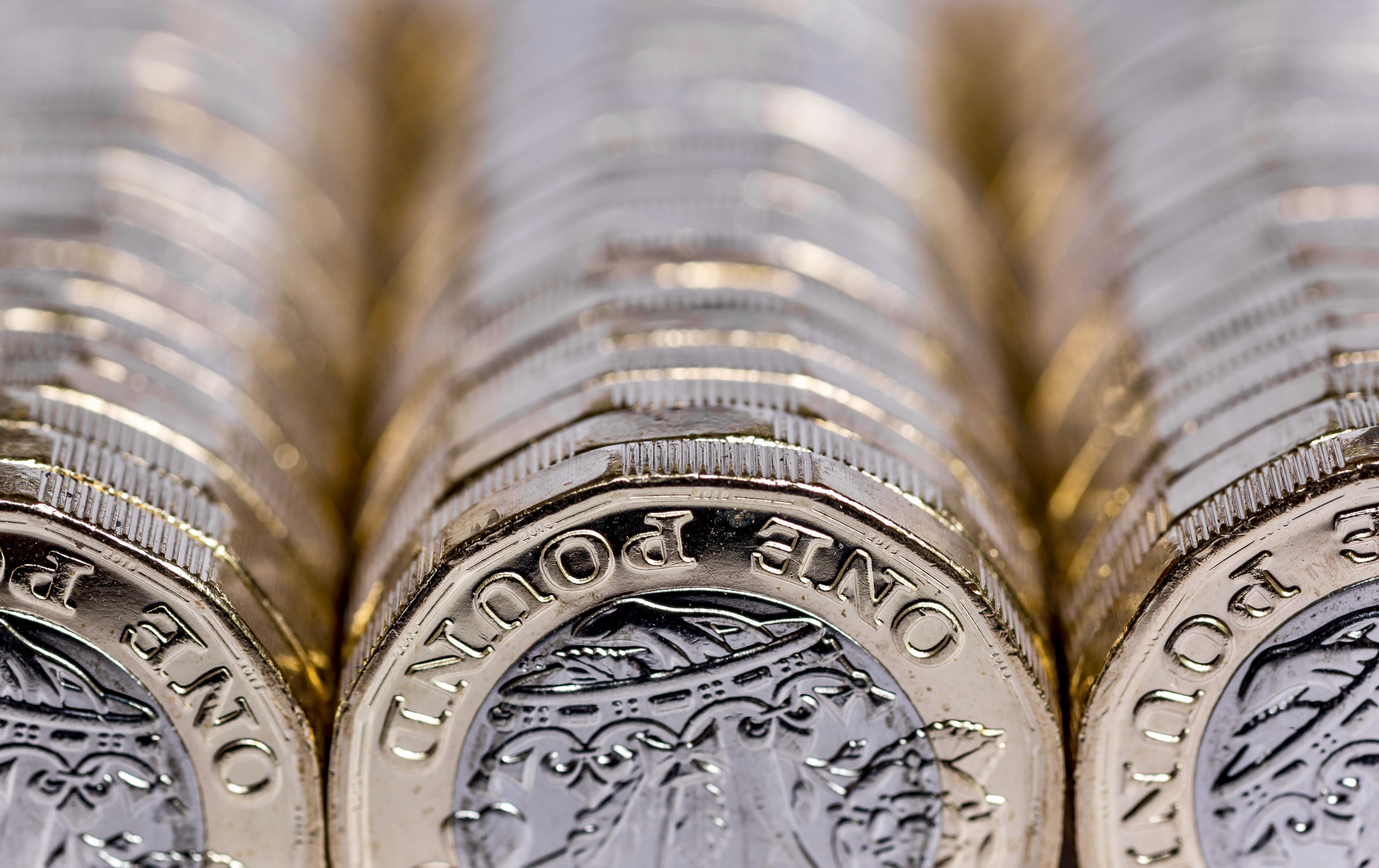One-year fixed savings drop below 6% - have they reached their peak?
The best one-year fixed-rate savings deals have fallen below the 6% mark. Find out if saving rates have reached their peak and the current top rates on the market.


One-year fixed savings accounts have been among some of the best savings deals over the past few months following a string of interest rate hikes, with rates reaching above 6%. But the latest signs show they might have reached their peak.
Since the Bank of England put a halt to interest rate rises in September and then kept them frozen at 5.25% again earlier this month, the top one-year fixed savings deals have taken a hit. The best rate fell below 6% on 10 November.
Previously, our best-buy table had seen one-year fixed deals reach 6.2% with NS&I’s one-year fixed bond, but this got pulled in early October. Currently, Metro Bank offers the top one-year deal at 5.91%.
MoneyWeek
Subscribe to MoneyWeek today and get your first six magazine issues absolutely FREE

Sign up to Money Morning
Don't miss the latest investment and personal finances news, market analysis, plus money-saving tips with our free twice-daily newsletter
Don't miss the latest investment and personal finances news, market analysis, plus money-saving tips with our free twice-daily newsletter
Find out if one-year fixed savings rates have passed their peak and how they compare to the rest of the market.
Have one-year fixed savings rates reached their peak?
It’s been a great few months for savers, with one-year fixed-rate savings deals reaching the dizzy heights of 6% or more - the best rates we’ve seen in 15 years.
On 14 September, the top 10 savings products on our one-year best-buy table all boasted rates of 6% or above, NS&I topped the table with its 6.2% rate, followed by Union Bank of India with 6.11% and Ahli United Bank UK with 6.1%.
It meant one-year fixed savings overtook the best easy-access savings accounts, which were offering just over 5% at the time, and one-year cash Isas, which remain at around 5.5%.
But, MoneyWeek research shows there have been no rate rises on one-year fixed savings since 9 October, and the top rates fell below 6% on 10 November.
Rachel Springall, finance expert at the comparison site Moneyfacts, said: "Month-on-month the average rates across fixed-rate savings bonds and ISAs have fallen, and there are no longer any providers offering a fixed-rate bond that pays over 6%.”
Union Bank of India was the last provider to offer a rate above 6% on a one-year fixed deal, which has now dropped to 5.9%. Here are some providers that offered above the 6% mark in the last couple of months, and what they currently offer now:
| Savings provider | Old rate AER | New rate AER | Current rate AER |
|---|---|---|---|
| NS&I | 6.2% | Withdrawn | Row 0 - Cell 3 |
| Union Bank of India | 6.11% | Row 1 - Cell 2 | Now 5.9% |
| Beehive Money | 6.1% | Withdrawn | Row 2 - Cell 3 |
| Ahli United Bank UK | 6.1% | Withdrawn | Row 3 - Cell 3 |
| My Community Bank | 6.07% | Withdrawn | Relaunched at 5.01% |
| SmartSave | 6.06% | Rate dropped to 5.99% | Now 5.81% |
| Ford Money | 6.05% | Rate dropped to 5.99% | Now 5.75% |
| Habib Bank | 6.03% | Rate dropped to 5.8% | Still 5.8% |
| LVH Bank via Raisin | 6% | Rate dropped to 5.9% | Now 5% |
| Ziraat bank via Raisin | 6% | Rate dropped to 5.9% | Now 5.5% |
Sarah Coles, head of personal finance at the wealth manager Hargreaves Lansdown, believes a 6% rate won’t see light in the near future. “We’re past the peak for savings, with the most competitive fixed rates across all periods now dropping below 6%.
“Fixed savings rates depend to a great extent on rate expectations, and as more players in the market come to the conclusion that we’re unlikely to get rate rises from here, we can expect fixed-rate savings to continue their slow march south. There won’t be any really dramatic shifts until the market widely expects rate cuts, so there is still time to bag a decent deal.”
How do one-year fixed savings deals compare to the rest of the market?
Currently, the top one-year fixed-rate deal is 5.91% AER offered by Metro Bank. The account requires a minimum deposit of £500 and you can save up to £2 million.
If you’re on the hunt for an account with a lower minimum deposit, JN Bank is offering 5.9% AER and you can start saving with £100. Union Bank of India is also offering 5.9%, however, it requires £1,000 to open the account.
It’s worth looking at Isas too as you can save up to £20,000 each tax year tax-free - which could be handy if you’re worried about paying tax on your savings interest due to high interest rates.
Plus, Isas could become more attractive with rumours of Isa reforms to be announced in next week’s Autumn Statement.
The top one-year cash Isa is currently 5.85% from Virgin Money, but you need to hold a Virgin Money current account to be eligible. The next best one-year Isa is from Zopa, offering 5.61% and you can start saving with just £1.
Charter Savings Bank is also offering 5.61% on its one-year fixed Isa, but it requires at least £5,000 to start saving.
Read more on which is a better home for your money- a savings account or a cash Isa?
Get the latest financial news, insights and expert analysis from our award-winning MoneyWeek team, to help you understand what really matters when it comes to your finances.
Vaishali has a background in personal finance and a passion for helping people manage their finances. As a former staff writer for MoneyWeek, Vaishali covered the latest news, trends and insights on property, savings and ISAs.
She also has bylines for the U.S. personal finance site Kiplinger.com and Ideal Home, GoodTo, inews, The Week and the Leicester Mercury.
-
 ‘Why I have ditched my Help to Buy ISA for cash savings and the stock market’
‘Why I have ditched my Help to Buy ISA for cash savings and the stock market’Without the 25% bonus, my Help to Buy ISA is effectively redundant, says MoneyWeek writer Sam Walker.
-
 Is your inheritance tax allowance cut if you sell to downsize or sell your home to pay for care?
Is your inheritance tax allowance cut if you sell to downsize or sell your home to pay for care?Downsizing relief is a little-known benefit that could save your loved ones tens of thousands of pounds in inheritance tax after you’ve died.
-
 NS&I cuts interest rate on Green Savings Bonds - where can you get a better deal?
NS&I cuts interest rate on Green Savings Bonds - where can you get a better deal?News The state-backed bank has slashed the interest rate on its Green Savings Bonds from 5.7% to 3.95%
-
 Charles Stanley Direct launches cash savings - is it any good?
Charles Stanley Direct launches cash savings - is it any good?Charles Stanley Direct has launched a savings platform to give savers access to the best deals on the market. We look at how it compares to other services.
-
 November NS&I Premium Bonds winners - check now to see what you won
November NS&I Premium Bonds winners - check now to see what you wonIf you have money saved in NS&I Premium Bonds you can now check to see whether you have won a prize in the November prize draw. Here’s how to check your Premium Bonds.
-
 Is NS&I safe?
Is NS&I safe?National Savings and Investments (NS&I) is popular for its Premium Bonds and savings products. But how safe is it?
-
 October NS&I Premium Bond winners - have you claimed your prize yet?
October NS&I Premium Bond winners - have you claimed your prize yet?October NS&I Premium Bond winners were announced earlier this month - but have you claimed your prize yet? Here’s how to check you have not missed out
-
 Act fast: HSBC to pull its 5.7% one-year bond
Act fast: HSBC to pull its 5.7% one-year bondSavers have until Wednesday to apply for HSBC’s one-year fixed-rate bond. The withdrawal of the account follows NS&I’s decision to pull its market-leading one-year bonds earlier this month. We explain why you need to act fast to secure the best rates.
-
 NS&I withdraws market-leading 6.2% one year fixed bond - what are the alternatives?
NS&I withdraws market-leading 6.2% one year fixed bond - what are the alternatives?National Savings & Investments (NS&I) has now dropped its one year fixed bond paying a table topping 6.2% interest rate a month after launch. Here’s where to find the next best alternative for one year fixed savings
-
 How do NS&I savings account rates compare? Advantages of using government-backed bank
How do NS&I savings account rates compare? Advantages of using government-backed bankAdvice NS&I savings accounts offer security and tax-efficient options for your money. But how do its interest rates compare to the rest of the market?
